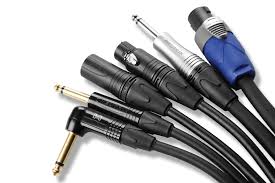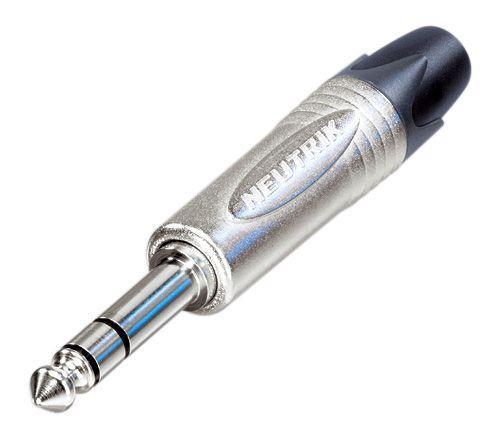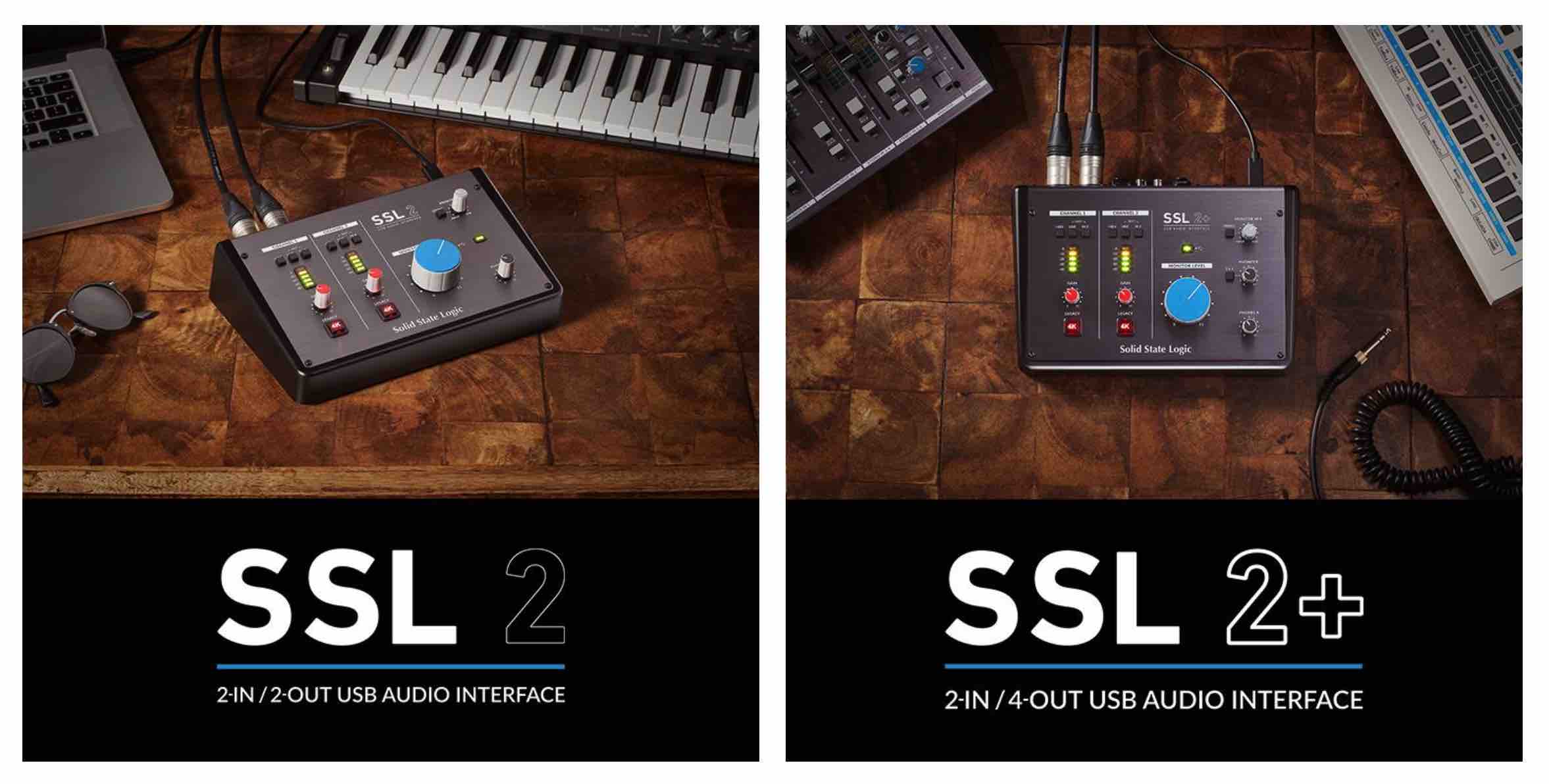Guide to Audio Cables
Cables are an essential part of the Sound System, It's the link that gets everything together, Either from the Microphone to the mixer,

The Guitar to the mixer, the Mixer to the Amplifier, the Amplifier to the Speakers,But what are the different types of cables and which one to choose
Let's start with some basics
Connectors:
These are the end part of the cable that actually goes into the device ( Microphone, Guitar, Piano, Mixer, Amplifier, Speakers...etc)
| Connector Name | Explanation | Image |
| XLR Male |
XLR connectors are 3-pin connectors(Major used, you might find 4,5 pins): positive, negative, and ground. They are usually used for connecting microphones or balanced line-level signals to Patch panel/Snakes to Mixers, or powered Speakers. |
 |
| XLR Female |
XLR connectors are 3-pin connectors(Major used, you might find 4,5 pins): positive, negative, and ground. They are usually used for connecting microphones or balanced line-level signals to Patch panel/Snakes to Mixers, or powered Speakers. |
|
| 1/4" Mono (TS Plug) |
TS is short for “Tip, Sleeve” and refers to a specific type of 1/4″ or 1/8″ connector that is set up for 2-conductor, unbalanced operation.They are mainly used for guitars or line level outputs |
 |
| 1/4" Stereo (TRS Plug) |
TRS is short for “Tip, Ring, Sleeve.” It looks like a standard 1/4″ or 1/8″ plug but with an extra “ring”. TRS cables have two conductors plus a ground (shield). They are commonly used to connect balanced equipment or forleft and right mono signals of a stereo headphone. |
 |
| RCA |
RCA comes with another name "Phono" mostly used in commercial equipment like home receivers. In the digital gear, they are used as S/PDIF connectors |
|
|
speakON |
A Speakon connector is used to connect power amplifiers to Passive speakers and stage monitors. They give higher power to speakers than ordinary TRS cables. |
Now that we've seen some of the connectors and their uses, Let's now check the wiring
Balanced Vs Unbalanced Wiring
An unbalanced audio signal comes for 2 conductors only, Hot and ground, which gives noise and interference space to get into the signal,
This type was used earlier in most audio wiring, they should be limited in use and length.
To avoid that a balanced signal runs along three wires: a ground, a positive wave, and a negative wave. Both waves carry the same signal but in opposite polarity to each other. Any noise picked up along the cable run will typically be common to both legs. Assuming the destination is balanced, the receiving device will “flip” one signal and put the two signals back into a polarity with each other.





